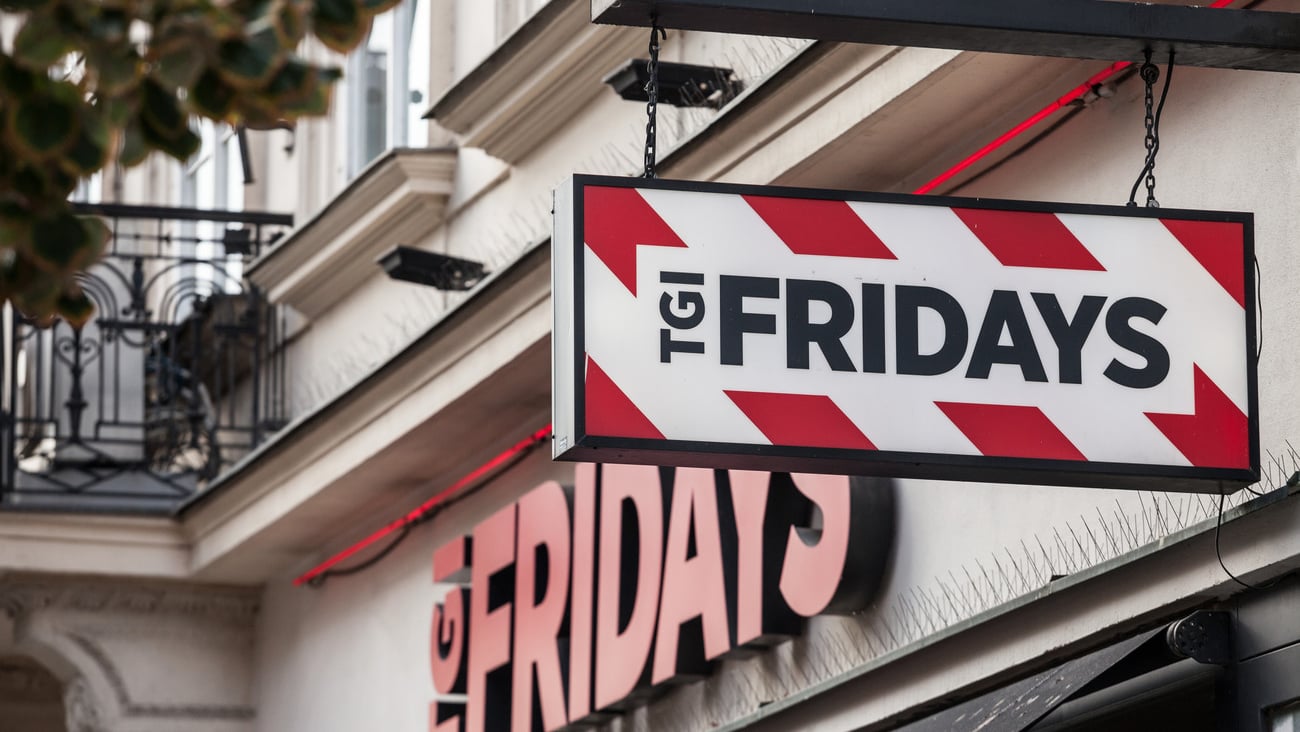Four Strategies to Minimize Effects of Inflation While Increasing Profits
Inflation fears have resurfaced after a decade of subdued price increases, as the costs of many products and services have increased this year. The ongoing pandemic has played a major part in the rise in inflation and persistent COVID-related supply chain disruptions that have rendered some commodities harder to come by, driving up consumer costs
While inflation is a normal economic phenomenon, what we're experiencing right now is anything but ordinary. The 6.2% inflation rate is three times what policymakers believe should be acceptable (i.e., around 2 percent.)
The fluctuations and uncertainty in today's market can further exacerbate the risks of such a high inflation rate. These include:
- Increase in interest rates (i.e., the high cost of borrowing);
- Challenges in predicting and managing money flow;
- High cost of goods (COG) that can impact inventory replenishment;
- Difficulty in forecasting demand and predicting consumer behaviors;
To ride out the inflation, retailers must adjust prices to ensure that they are covering the costs of goods and operational expenses while continuing to respond to the competitive landscape and meeting customer expectations
Most retailers make the mistake of raising their prices using simple rules (e.g., increase by X percent across the board or maintain existing profits) as a one-time response to a cost increase. This approach, however, won't win over customers, especially price-sensitive ones, who are also feeling the pinch. Ultimately, across-the-board price increases (often as a knee-jerk reaction to cost increases) rarely lead to optimal outcomes that balance customer demands and profitability.
An agile pricing strategy involves purposeful pricing by channel and customer to maximize value perception and achieve business objectives such as maintaining a healthy cash flow or optimizing profits. When done right, it can also help increase customer engagement and loyalty.
Retailers should consider these pricing strategies to minimize the negative effects of inflation while strategically increasing profits and market shares:
• Adjust Cost to Inflation
In order to adjust costs to inflation, the process starts by calculating the inflation rate for each product in the assortment based on historical price changes from the past year, then adjusting cost by accounting for future increases in prices.
To do so, a forecasting model needs to be created to address all the variables that affect costs in the next three to six months. Calculated costs then applied to the current strategy to determine the margin and set the new price for each item.
The challenge is to account for every variable that will impact the cost of every item in your inventory. The task of analyzing such a vast amount of data from different sources and responding in real-time is humanly impossible, no matter how many resources you have.
That's why more retailers are turning to AI-driven predictive analytics to help them leverage historical data from identical or similar items to predict demand for products and product groups. Then, you can combine the insights with business rules and pricing algorithms to maximize yield.
• Observe Competition
Retailers should follow their competitors closely—if they start to raise prices, consider following suit. There are many factors in the marketplace to consider and it's important to use competitive data to gauge the market through their price changes.
This is not to say to keep your price low to try to gain an advantage over your competitor. This could backfire in various ways. For example, low pricing may convey the message that your products aren't as good as your competitors', impacting your long-term brand image.
Moreover, lowering prices in an attempt to sell more doesn't necessarily mean higher profits. Especially during a time of high inflation.
To leverage this strategy effectively, retailers must first identify whose pricing is affecting their business. It may not always be obvious.
• "Hoard" Inventory Through Aggressive Price Increase
Prolonged high inflation rates can erode the value of cash, so more consumers will stock up on items that are slower to lose value. We can see this behavior toward everything from gold and Bitcoin to masks during COVID.
If a product is in high demand or short supply, its price will likely go up. Retailers can "hoard" inventory by increasing the price aggressively. Even though this means selling fewer products in the short term, the higher price can make up for the profits. This strategy can help retailers maintain cash flow while increasing the total profits from the same stock.
But how "aggressively" should you raise the price to maximize profits? There are many variables to consider such as time-sensitive inventory, sales rate and fluctuations in supply prices. The model needs to take all these factors into consideration in order to predict future selling prices and supply costs to optimize profitability.
• Focus on Key Value Categories and Key Value Items
Consumer behavior during inflationary times isn’t always just about dollars and cents. Uncertain times can be confusing, and many shoppers make decisions based on how they perceive a brand compared to the competition. Such perception is often built on a few key products.
As such, retailers must identify items in their product mix that drive value perception.
Keeping the price of key value items steady, or even decreasing them to attract customers. Then, increase the prices of products with lower price elasticity. This approach helps create a win-win situation in which customers aren't paying more for the items they love, and the retailer wins on price perception while maintaining wallet share and profit margin on the background items.
Going into 2022 there are still many unknowns for retailers such as the evolving COVID-19 situation, inflation supply chain and manufacturing challenges and we are a while aways before the market is stabilized again. However, these same challenges open opportunities and exciting advancements in understanding consumer behavior, e-commerce and retail tech. Retailers that will adapt and build more agile and scalable processes will come out victorious.





